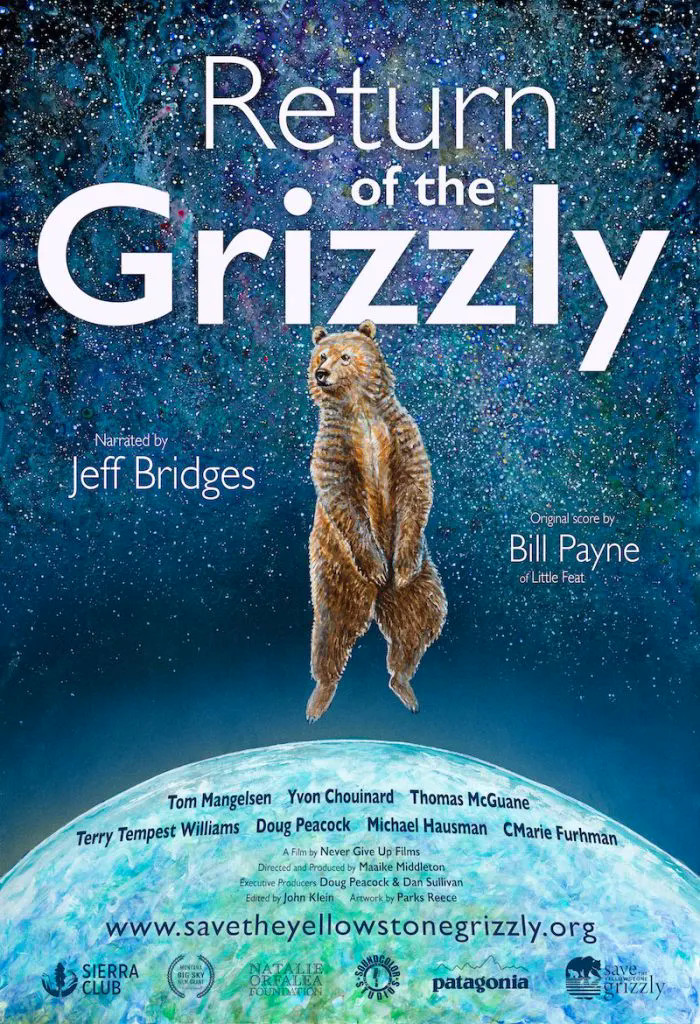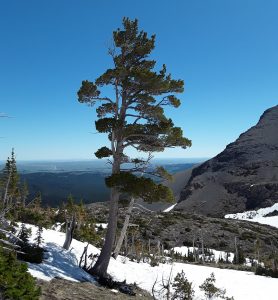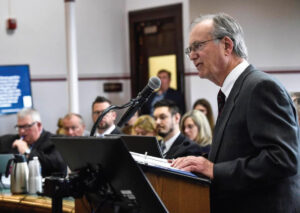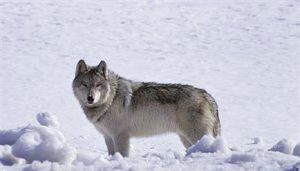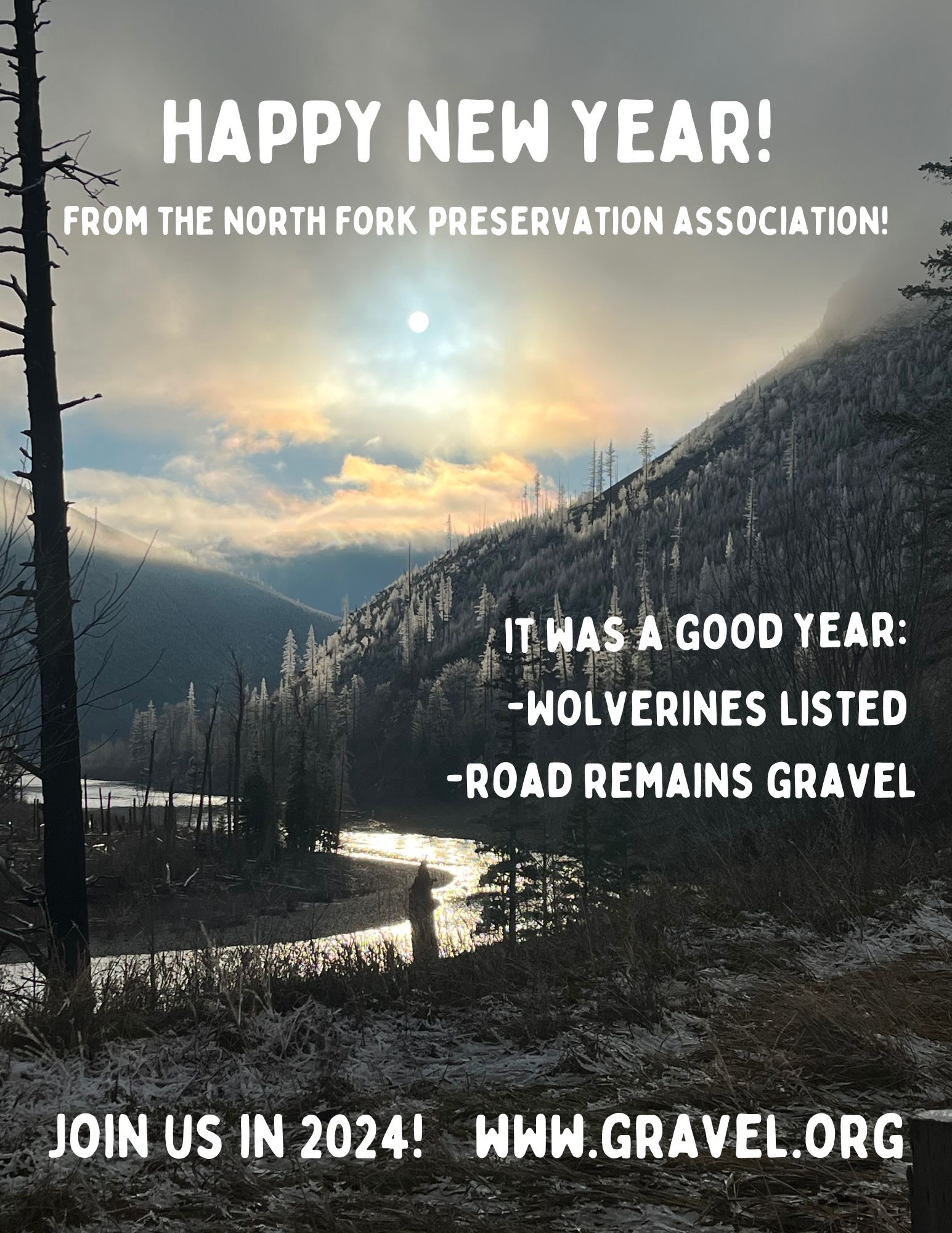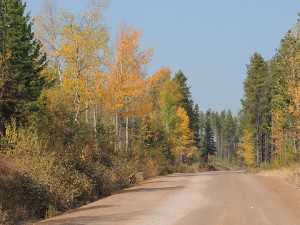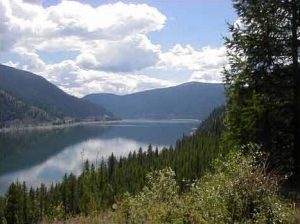A group of local residents are not happy about plans to handle pollution at the old CFAC Superfund site by treating and storing the toxic waste on-site rather than shipping it elsewhere . . .
A pair of Flathead County citizen advocacy groups have formed a coalition in response to the proposed cleanup plan at the site of the former Columbia Falls Aluminum Company (CFAC) along the Flathead River, where federal regulators have proposed containing hazardous wastes as part of their final remediation rather than shipping the toxic materials off-site.
The newly formed Coalition for a Clean CFAC is requesting the U.S. Environmental Protection Agency (EPA) and the Montana Department of Environmental Quality (DEQ) “take a timeout to fairly re-evaluate the cost benefits of removing, not leaving, the toxic waste at CFAC,” which the EPA declared a Superfund site in 2016.
According to a press release announcing the formation of the new coalition, it represents two existing organizations, Citizens for a Better Flathead and the Columbia Falls-based Upper Flathead Neighborhood Association, as well as a “rapidly growing number of city and county residents throughout the Flathead including a number of former CFAC employees and other local organizations.”
